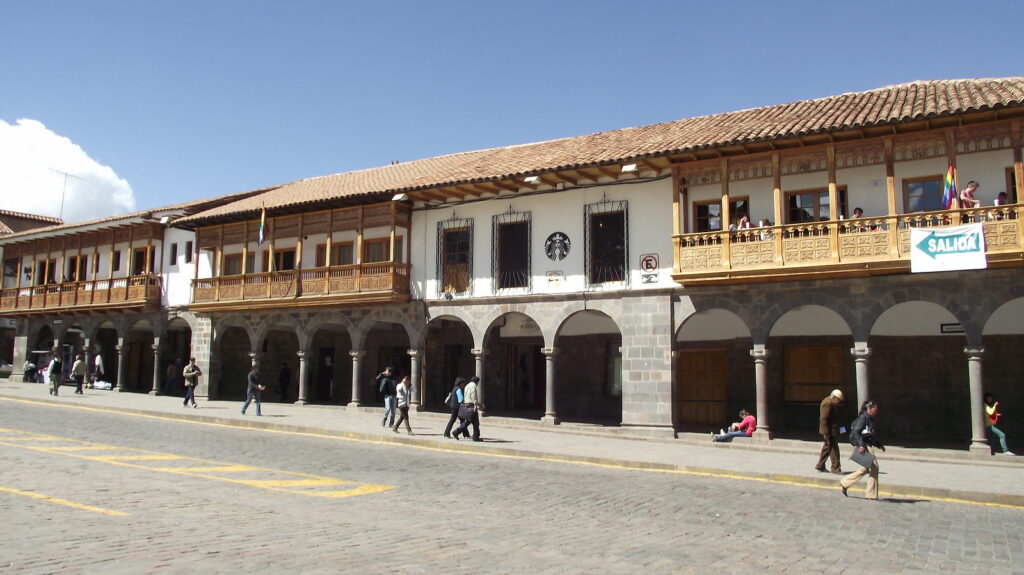If you’re thinking about visiting the historic center of Cusco, there’s a detail you might not have fully noticed: its famous colonial portals, located around the Plaza de Armas. These arch-shaped structures not only beautify the city but also hold centuries of history, commerce, tradition, and even legends. Are you ready to discover the meaning of each one of them with Machu Picchu Wayna?
Many visitors (and even locals!) walk through here every day without knowing that each portal has a different origin and a fascinating history to tell you. Today, I invite you to discover the eight most emblematic portals of Cusco, their names, locations, and why they are important in Cusco culture.
Where are the portals of Cusco located?
All these portals are located in Cusco’s Plaza de Armas, at an altitude of 3,399 meters above sea level, in the heart of the city. You’ll recognize them by their stone arches, and each one is located on a different corner or side of the square. You don’t need to go far to start your adventure: you’re right where everything began centuries ago.
What about the weather? When is the best time to visit them?
Cusco has two well-defined seasons: rainy season (from November to March) and dry season (from April to October). If you prefer to explore with sun and clear skies, the best time to come is between June and August. Just remember to bring warm clothes: mornings and nights can be quite cold, even if there’s sun during the day.
1. Portal of Meats
Your route begins here. This portal is located to the right of the Cathedral, and its name is no coincidence. In the past, different types of meat were sold in this part of the local market. It was previously called the “Portal of the Inquisition Commissioner,” but over time its function and name changed. Today it maintains that commercial essence and the memory of its colonial history.
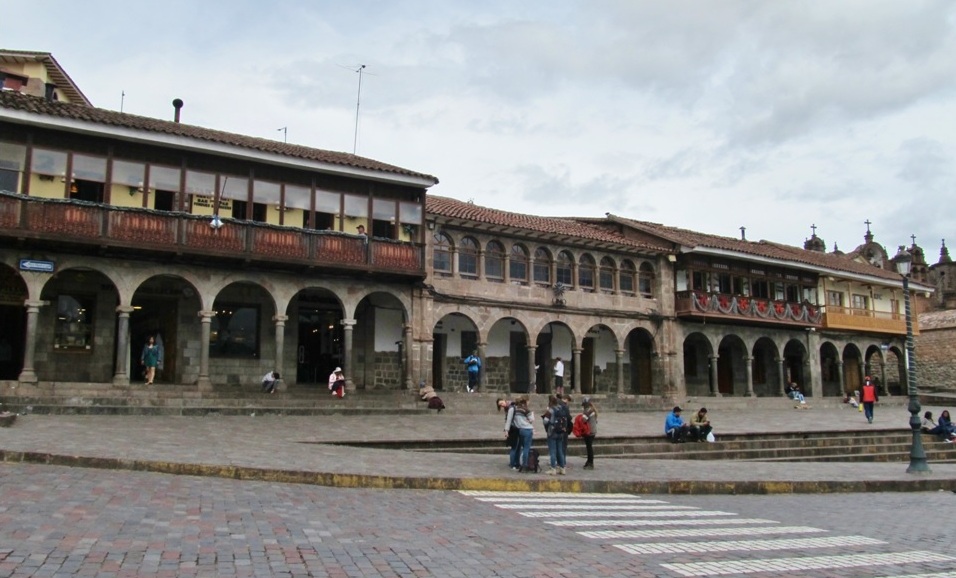
2. Portal of Flours
This place was a real supply point. Residents offered different types of flours: corn, wheat, chuño, or jora (the latter used to prepare traditional chicha). Years ago, it was known as the “Marble Portal of Carbajal,” in reference to Don Francisco de Carbajal, a controversial character nicknamed the “Demon of the Andes,” whose story ends tragically after a military defeat.

3. Portal of Breads
If you ever smell freshly baked bread, this is the portal you should visit. Its name has roots in the times when breads and baked goods were sold here. Interestingly, it was also called the “Portal of the Slap” due to an incident between a friar and a Spanish merchant. A peculiar story that is still discussed among Cusco locals!
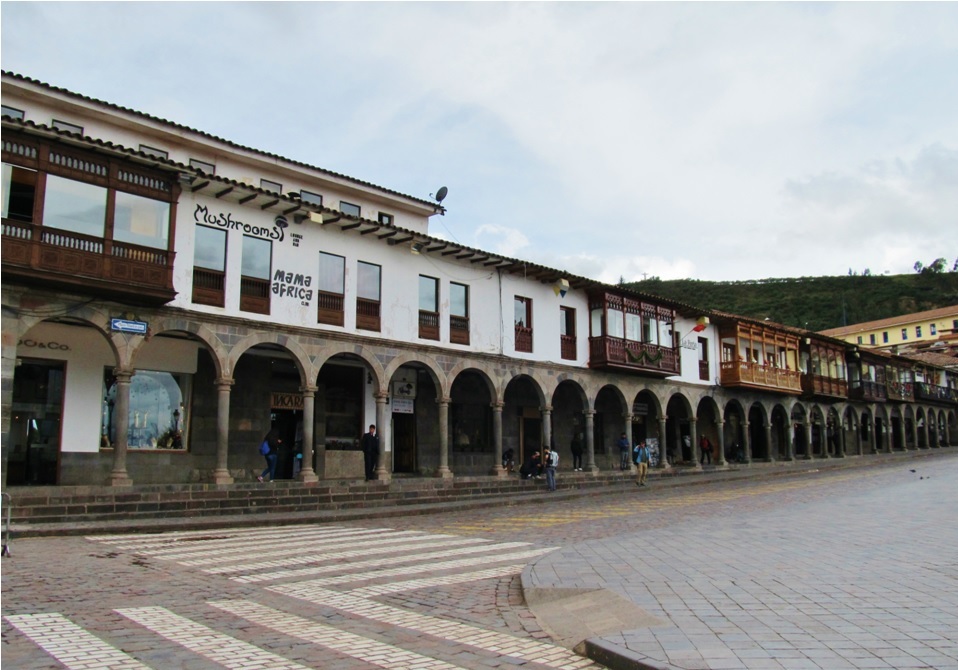
4. Portal of Confectionery
This portal has a special charm. Thanks to a woman who offered handmade sweets and nougats, it became the favorite during the Corpus Christi Festival. It was previously known as the “Portal of the Confederation,” where traditional fried foods were offered. Over time, sweet flavors took over the place.
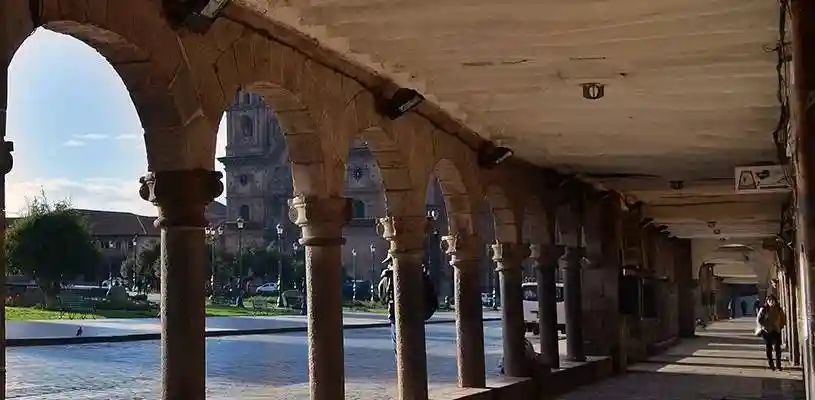
5. Portal of Commerce
This space was key during the emancipation era. Here, imported products were sold by Jewish and Spanish merchants, such as fine fabrics, handkerchiefs, and Castilian items. It was previously known as the “Portal of Second-hand Clothes Dealers,” and was an essential point for Cusco women looking for the latest fashion of that time.

6. Portal of the Company
Originally called the “Portal of Tailors,” this place changed its name after the construction of the Jesuit temple. More than fifty friars settled there, and the design of the convent was the work of two Jesuit architects. Some even claim that there is a treasure hidden under the choir… Would you dare to look for it?
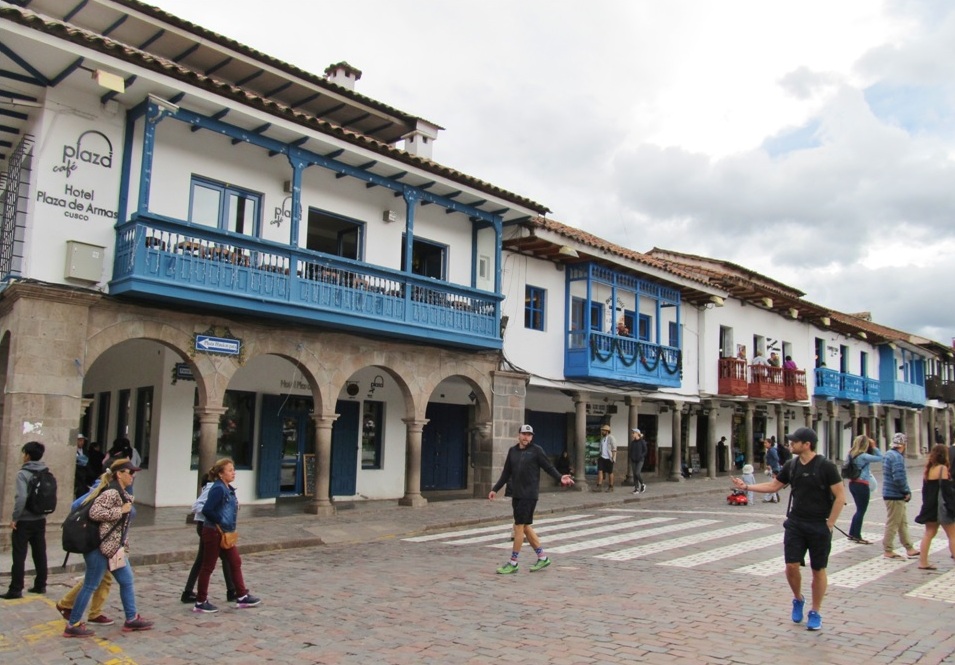
7. Portal of Reeds
This is the only portal that still retains its original name. It owes its name to the sale of reeds and maguey wood, materials widely used in roof construction during the colonial era. You can find it near the Cathedral, next to the so-called “House of the Master.” Its authenticity makes it a key point on this route.
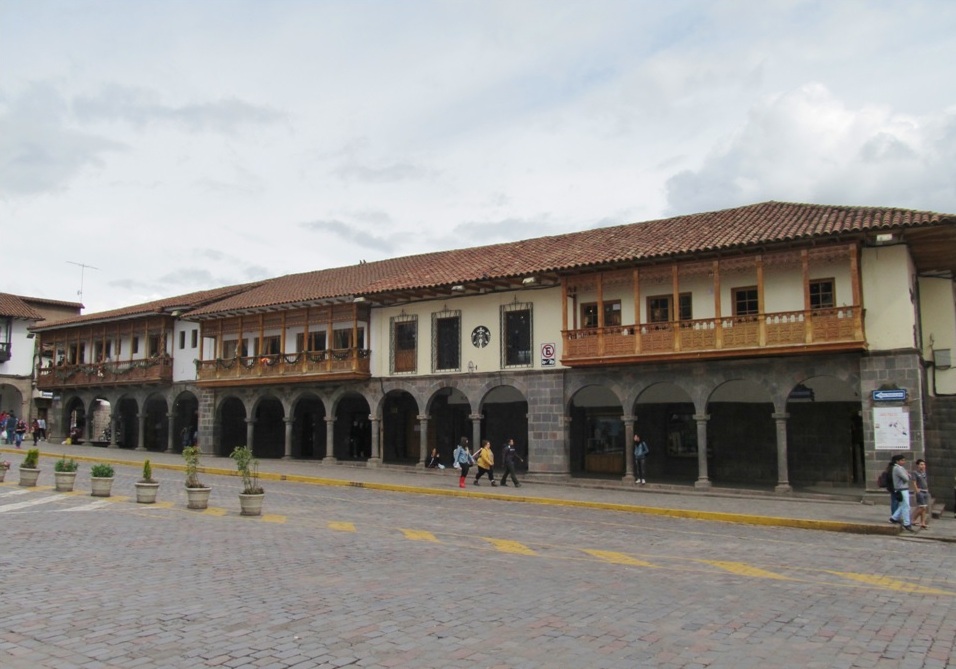
8. Portal of Bethlehem
In honor of the Virgin of Bethlehem, considered the protector of the city, this portal stands out for its religious value. It is located near Triunfo Street and the Inca Museum, on the side corner of the Cathedral. It is the perfect starting point to begin your tour of Cusco’s portals.
